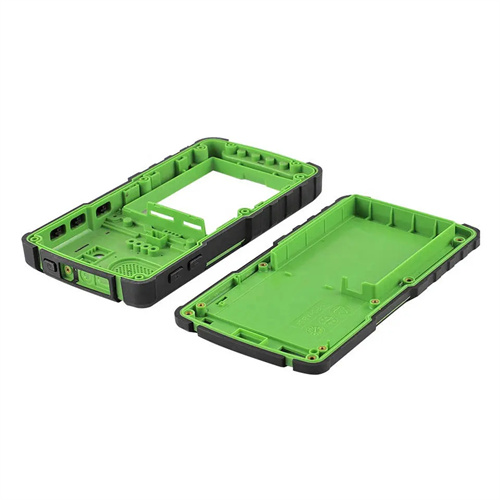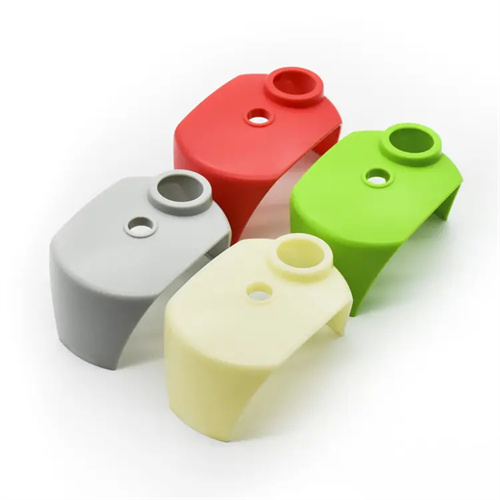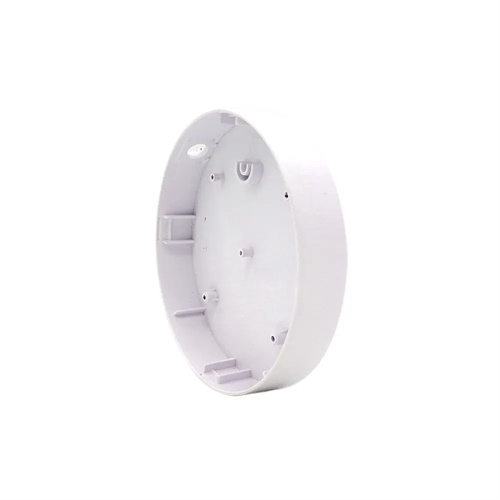Maintenance of injection molding lubrication system
The lubrication system of an injection molding machine is crucial for ensuring the proper operation of all moving parts (such as guides, lead screws, and bearings). Its core function is to reduce friction and wear, lower energy consumption, and extend equipment life through the use of lubricating oil or grease. Lubrication points in an injection molding machine are widely distributed, including the clamping mechanism’s coring rods, the worm gear of the mold adjustment mechanism, the sliding guides of the injection molding block, and the screw’s check ring. Different parts require different lubricant types, viscosities, and filling methods. For example, the coring rods require extreme-pressure lithium-based grease (NLGI grade 2) to withstand the high loads during clamping, while the sliding guides require No. 46 anti-wear hydraulic oil, delivered in a timed and metered manner through a centralized lubrication system. Poor lubrication can lead to increased component wear, such as scratches on the coring rod surface, a 10-15% decrease in clamping force, and, in severe cases, equipment downtime.

Daily maintenance of the lubrication system must adhere to the principles of “time, quantity, and quality” to ensure effective lubrication of all lubrication points. Check the lubrication system’s oil level and pressure before starting the machine daily. For centralized lubrication systems, the oil tank level should be maintained between 1/2 and 2/3 of the gauge, and the oil supply pressure should be stable at 0.2-0.4 MPa. Manual lubrication points (such as die adjustment nuts) should be lubricated according to the instructions, with an appropriate amount of grease to allow for overflow (approximately 0.5-1g). During operation, monitor the lubrication system for abnormal sounds. If there are any abnormal pump noises or line leaks, immediately stop the machine for inspection to avoid oil shortages and dry run. After daily production, clean the lubrication system filter to remove impurities and oil stains to ensure unobstructed oil supply. For manual lubrication points, clean dust around the grease nozzle to prevent contaminants from being introduced during refilling. For example, one injection molding machine experienced insufficient oil supply to the guide rails due to inadequate filter cleaning. After 30 days of operation, the guide rails wore to 0.1mm, far exceeding the normal 0.02mm per month.

Regular lubricant replacement is a key maintenance step, and the replacement cycle should be determined based on the lubricant type and operating conditions. Lubricant replacement is typically required every 2,000-3,000 operating hours, or every six months (whichever comes first). Grease replacement is longer, at 4,000-6,000 operating hours, but should be reduced to 3,000 hours in high-temperature environments (such as components near heaters). During replacement, the old oil must be completely drained and the lines flushed with fresh oil (flush volume 1/3 of the system capacity) to prevent performance degradation caused by mixing of new and old oils. Lubricant selection should be tailored to the equipment’s requirements. For example, high-temperature areas (such as bearings near the nozzle) require high-temperature grease (dropping point ≥ 200°C), while parts contacting the plastic melt (such as screw check rings) require food-grade lubricants (FDA-compliant) to avoid contamination of the plastic parts. For example, the misuse of conventional grease in a medical plastic production facility resulted in lubricant volatiles contaminating the plastic parts and causing batch quality issues.

When maintaining lubrication system components, focus on the oil pump, piping, and distributor to ensure reliable operation of the oil supply system. Check the operating current and temperature of the oil pump motor monthly. The current fluctuation should be ≤5%, and the surface temperature should not exceed 60°C. Otherwise, the oil pump may be worn or the pipeline may be clogged. Disassemble and clean the distributor quarterly to remove internal sludge and impurities. Check the valve core for wear. If the wear exceeds 0.05mm, replace it. Ensure that the flow rate of each oil outlet is uniform (error ≤10%). Pressure test the pipeline annually (test pressure is 1.5 times the working pressure) to check for leaks or deformation, and replace aging seals and hoses (usually every 2 years). For automatic lubrication systems, regularly calibrate the electronic timer and sensor to ensure that the oil supply interval (e.g., once every 30 minutes) and oil supply (e.g., 0.5ml per time) are accurate to avoid excessive oil waste or insufficient oil supply.

Lubrication system troubleshooting requires rapid problem identification and corrective action to prevent equipment damage. If a lubrication point experiences oil loss, first check the oil tank for sufficient oil level and filter blockage. If these conditions are normal, the oil pump may be faulty (e.g., gear wear), requiring replacement or repair. If excessive lubricant leaks from component gaps, it could be due to excessive oil flow or damaged seals. Adjust the oil flow (e.g., reduce the duration of each lubrication cycle) or replace the seals. Blackening or the presence of metal debris in the lubricant indicates severe component wear. The machine should be shut down to inspect the relevant moving parts (e.g., screws and bearings), replace worn parts, and thoroughly clean the lubrication system. For example, metal debris was found in the grease of the screw bearing of an injection molding machine. Disassembly revealed worn balls in the bearings. Prompt replacement of the bearings and grease prevented a serious screw seizure. Maintaining a lubrication maintenance log, detailing the time and circumstances of each refill, replacement, and maintenance, provides data support for equipment condition assessment and can extend the equipment’s service life to over 10 years.
